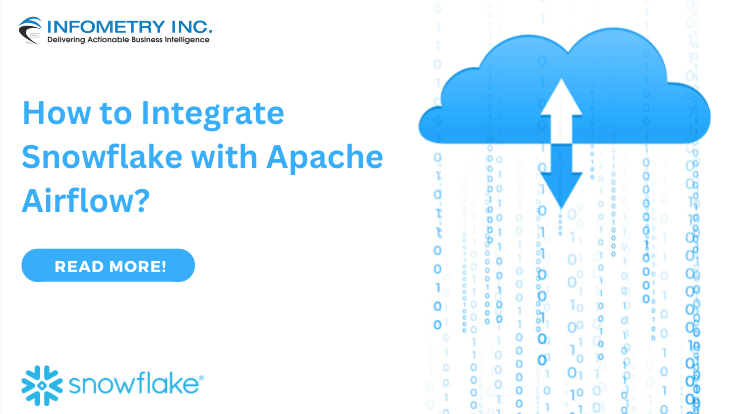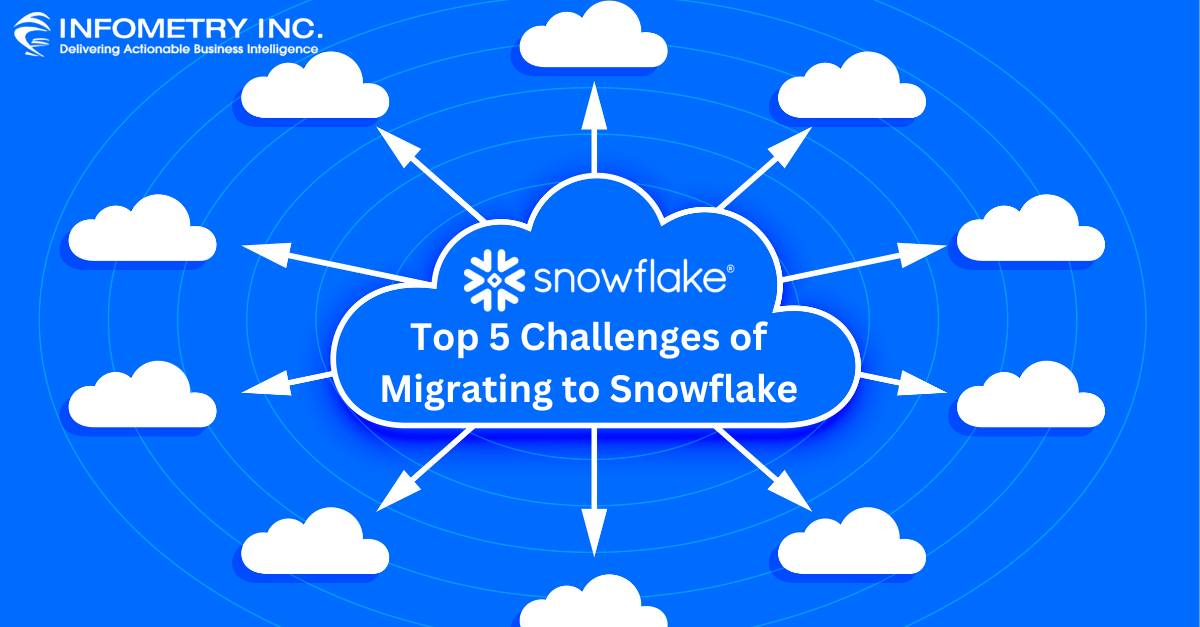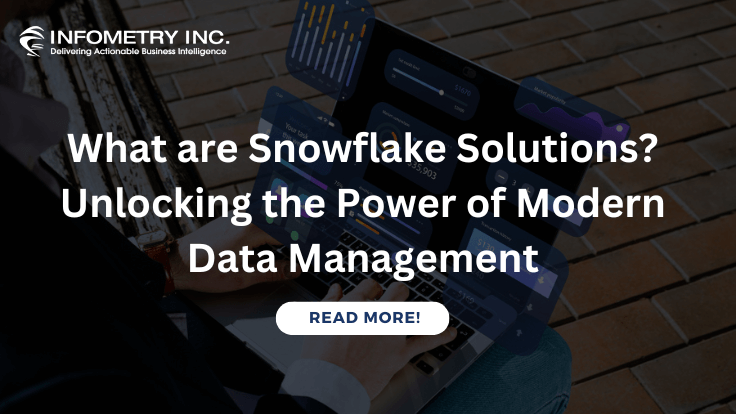
How to Integrate Snowflake with Apache Airflow?
December 28, 2022
Top 5 Challenges of Migrating to Snowflake
January 5, 2023It is hard to predict the future of any company, and MuleSoft is no exception. However, MuleSoft has a strong track record of innovation and growth and has established itself as a leader in the integration platform as a service (iPaaS) market. The company’s platform helps organizations connect their applications, data, and devices, and businesses widely use it across various industries.
In the future, MuleSoft is likely to continue to focus on helping organizations integrate their systems and applications more effectively. This may involve expanding the capabilities of its platform, developing new products and services, and entering new markets. MuleSoft may also continue to pursue strategic partnerships and acquisitions to strengthen its position in the iPaaS market further.
In this blog, we’ll explore how precisely APIs are digitally changing the business world with the future in mind — and how your business might saddle the power of API-led integration to prepare for potential crises ahead.
The Operational Demands of Digital Transformation
IT teams have generally battled with the speed of delivery and data integration. The pandemic just exacerbated these functional difficulties: as per MuleSoft’s 2023 Connectivity Benchmark Report, just 37% of studied associations proclaimed that IT met all project demands in 2022.
Numerous associations pull the more significant part of their data from silos, isolated data sources in their organization that make it challenging to integrate end-user experiences across all channels, a fundamental limit that simply 18% of associations claim to have right now. Dependence on legacy systems and point-to-point integration can compromise a company’s ability to be technically agile in a crisis and make changes to existing IT infrastructure.
It’s additionally expensive. On average, 85% of IT spend funnels into non-cloud innovation and other legacy systems; the average enterprise spends $3.5 million yearly on IT work for custom integration projects. Organizations that don’t launch digital transformation now face financial outcomes. Enterprises know this: 77% of study respondents in the Connectivity Report claimed that failure to change digitally will affect their income in 2022 and 2023.
When the pandemic started, it underlined the digital divide between agile, API-enabled associations and those that couldn’t seem to change to meet the moment digitally. These organizations utilized cross-silo system data landscapes to empower project groups, promote an organizational culture of collaboration, and respond to shifting customer and representative requests. On the other hand, companies at the start of digital transformation were forced to innovate within the constraints of their existing legacy platforms and data silos. This new worldwide crisis uncovered the twin imperative of agility and real-time data in both cases.
Investment in Integration
Enterprises embracing the valuable chance to lead through this crisis will adjust short- and long-term thinking alongside strategic decision-making. They will rapidly assess what is essential to keep the lights on in the near term. At the same time, they should consider building future-proof fundamentals to guarantee their associations emerge from this crisis to maintain and withstand any disruption. Furthermore, there will be a profound reliance on digital capabilities to support internal operations and clients, as we have never seen before. Subsequently, IT leaders and CIOs will intend a strategic investment in integration to help the unrivalled demand for digital capabilities in the near term and drive their organizations for a competitive advantage in the long time.
Picking and planning the right modernization strategy can be overwhelming for organizations. Fear of disrupting business continuity is a general reason for delaying modernization plans.
To implement an integration technique, IT teams should acquire support from their association to focus on integration by communicating its value clearly and compellingly. While strong business cases are a fundamental tool for assessing high-value solutions, ROI is often left to the enterprise customer. But, Infometry’s MuleSoft Consulting team efficiently assists clients with extracting value from the Anypoint Platform by focusing on their organization’s strategic goals and highest-priority business outcomes.
How to Measure the ROI of Business Integrations?
MuleSoft’s collaborative value assessment system has been explored and validated to be rigorous and effective in a high degree of confidence that these benchmarked upgrades could be accomplished with the Anypoint Platform:
- 64% faster integration
- 65% higher IT productivity
- 63% reduction in maintenance cost
- 86% reduction in deployment costs
- 89% improvement in resource utilization
The capability for customers to achieve the above benefits that change IT to become more agile, strong, and proficient is essential for endeavors to become familiar with the change. Anypoint Platform allows organizations to integrate frameworks and unify data with reusable APIs to create connected experiences while keeping up with security and control without any problem. Also, the reusable APIs based on the Anypoint Platform quickly track digital transformation and engages organizations to adjust rapidly in an environment where change occurs in progressively compacted timescales.
Overall, MuleSoft is well-positioned to continue to be a significant player in the integration space. It will likely remain a valuable partner for organizations looking to connect their systems better and drive digital transformation.




